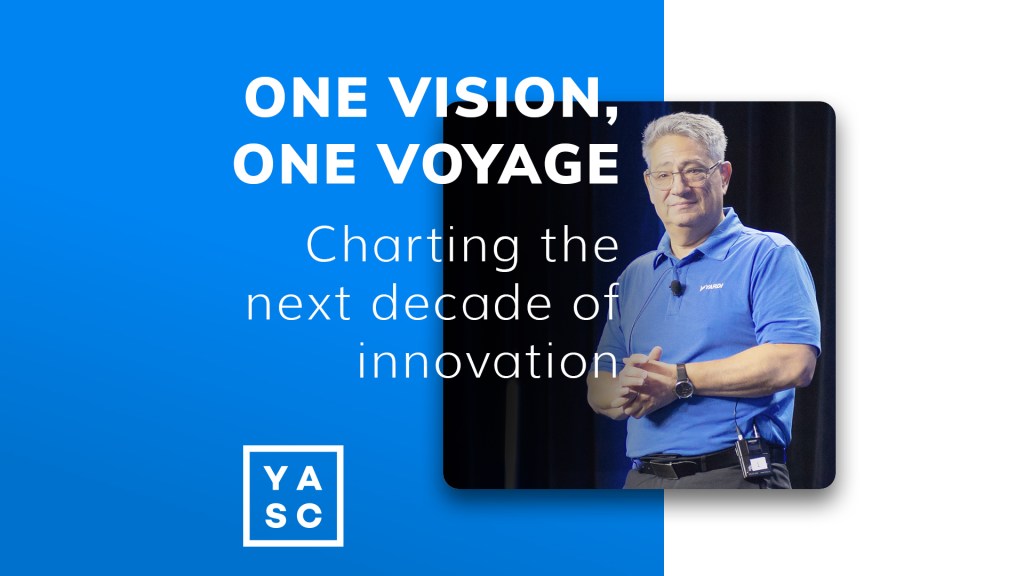By Cutright Elizabeth on September 22, 2017 in Technology
As Ferris Bueller famously advised, “Life moves pretty f ast. If you don’t stop and look around once in a while, you could miss it.” For many older adults, the bells and whistles of the modern age continue to befuddle and frustrate, but as reporter Jane Morice suggests, seniors are adapting to this new world in some surprising ways. While technological advances may leave some older adults confused and cautious, many senior citizens are embracing an active, modern approach to aging.
ast. If you don’t stop and look around once in a while, you could miss it.” For many older adults, the bells and whistles of the modern age continue to befuddle and frustrate, but as reporter Jane Morice suggests, seniors are adapting to this new world in some surprising ways. While technological advances may leave some older adults confused and cautious, many senior citizens are embracing an active, modern approach to aging.
“The sharpest contrast between generations in 2017 is inarguably the comprehension of technology,” she writes before adding, “They’re not all old fogies in rocking chairs, watching the world go by.”
Complicated Connections
Social media and smart phones continue to flummox many older adults, despite apps and devices continue to simplify their user interface. While most grandparents have discovered the joys of Facebook, Instagram and Twitter remain mostly out of reach. In fact, according to Pew Research Center, 62% of adults over 65 have a Facebook profile, while less than 20% on Instagram and only 9% on Snapchat.
Though most seniors now own smart phones (about 40%), few use them to their full potential. As the Pew Research Center discovered, some of that reticence isn’t merely stubbornness, as “older adults may also face physical challenges that might make it difficult to use or manipulate devices.”
Online shopping also remains out of reach for many seniors, most of whom continue to feel a sense of discomfort with automation and online activities. Baby boomers as a group appear the most comfortable with online shopping, while only 10% of the older crowd purchases items on the internet. Some of that doubt seems well-founded, considering the Department of Homeland Security estimates seniors “defrauded over the Internet” at twice the rate of the general population, with many also targeted via phishing emails and other scams.
According the Pew Research, another aspect of their reluctance to shop online is the result of a genuine preference for physical stores. In fact, 64% of older Americans indicate they would rather purchase products in brick-and-mortar establishment than through their computer or mobile device. Ironically, self-checkout stations in supermarkets and other stores may deter older shoppers because they actually enjoy the social interaction and more relaxed experience of the checkout line.
Transportation remains a thorny issue for seniors as well. Many report feeling a sense of distrust regarding “sharing economy” services like Uber as well the latest technology-laden vehicles outfitted with rearview cameras and self-driving options. Additionally, most seniors prefer having hard-copy directions in hand rather than depend on GPS, with half of the respondents of 60 who participated in a NetVoucher.co.uk survey admitting they rely on paper maps when traveling.
“I think when you have too much stuff, like automatic braking and lane departure warning and all that, you begin to rely on it too much, and you lose your focus,” Cynthia Mason, a former Chicago bus driver in her 70s explained in a 2016 interview with The Chicago Tribune.
Surprising Contrasts
Despite their incremental adoption of high-tech devices and modern technologies, seniors are no shrinking violets. For example, Hopkins Bloomberg School of Public Health reports adults over 60 are more active than older teenagers. From adult playgrounds to a growing segment of senior marathon runners and yoga enthusiasts, retirees are staying on their feet and in the game.
“I am not here to be champion,” Robert Marchand told Eurosport when he set a new world record in cycling earlier this year. “I am here to prove that at 105 years old you can still ride a bike.”
For many Baby Boomers in particular, the standing on the sidelines just doesn’t cut it. AARP reports 99% of boomers expect to travel in 2017, with many averaging five or more trips per year. In addition to all those frequent flier miles, many retirees are racking up college credits. According to the National Center for Education Statistics, Department of Aging, enrollment of older students is growing at twice the rate of traditionally-aged collegians.
One need only glance at Accidental Icon, a wildly successful fashion blog focused on fighting anti-ageism in the fashion industry, to see how aging can bring opportunity. After being mistaken for a model during New York Fashion week, 63-year-old Lyn Slater launched the blog in response to what she saw as a real need to address the desires and concerns of today’s senior citizens. “We are the generation, people my age, who were burning their bras, wanting free love, demonstrating against the war,” Slater told Today.
“So to think we wouldn’t challenge the status quo of aging? It might be more of an explanation of why women like me are becoming more accepted in the fashion world.”


